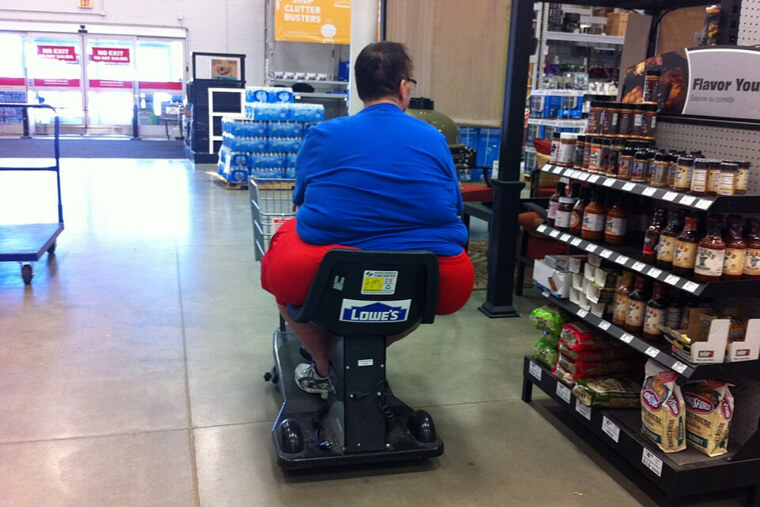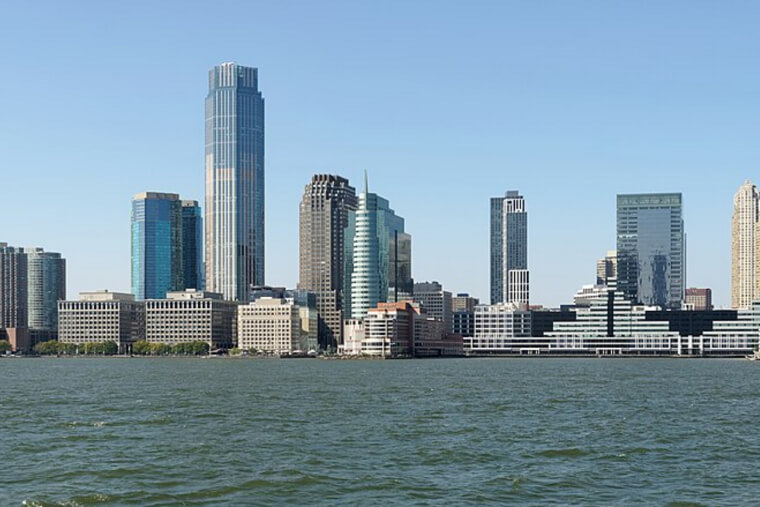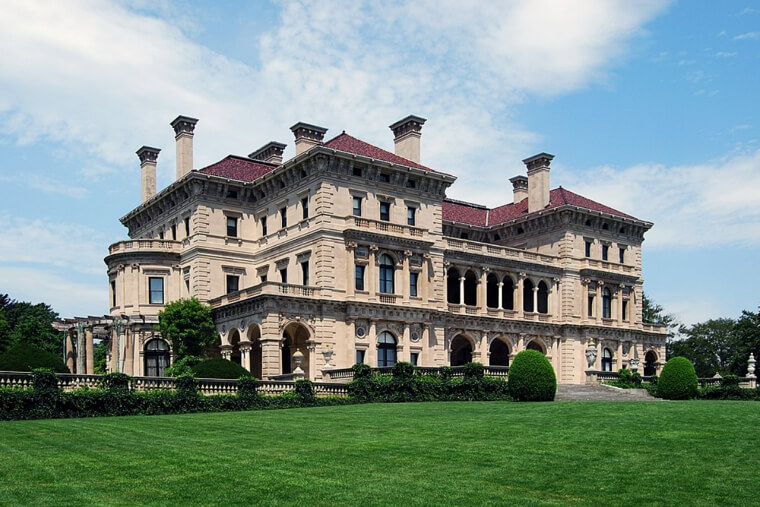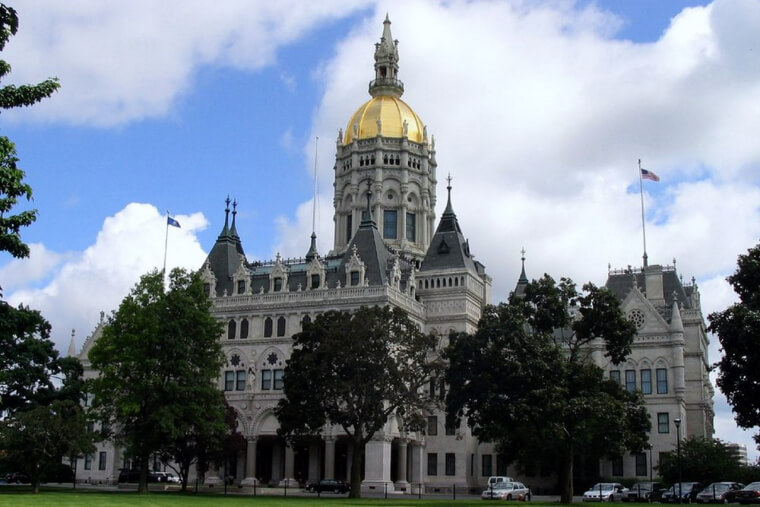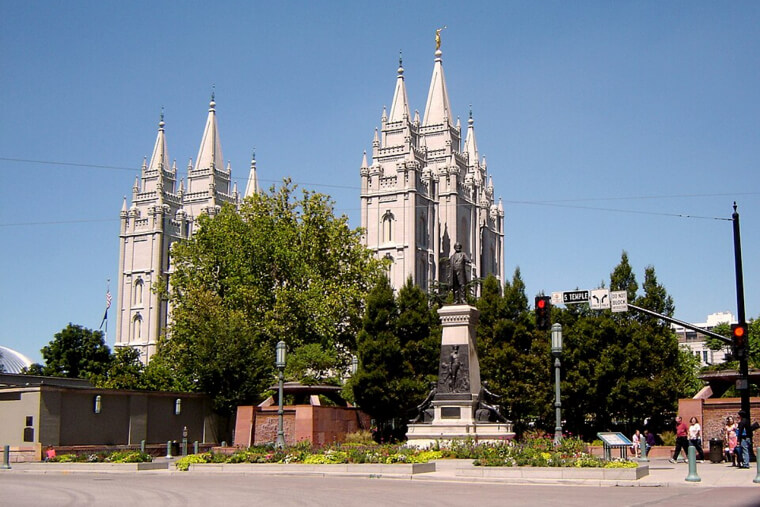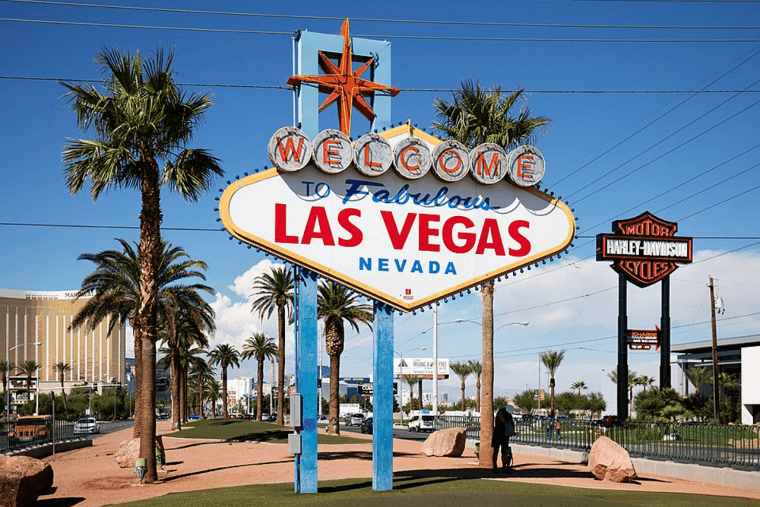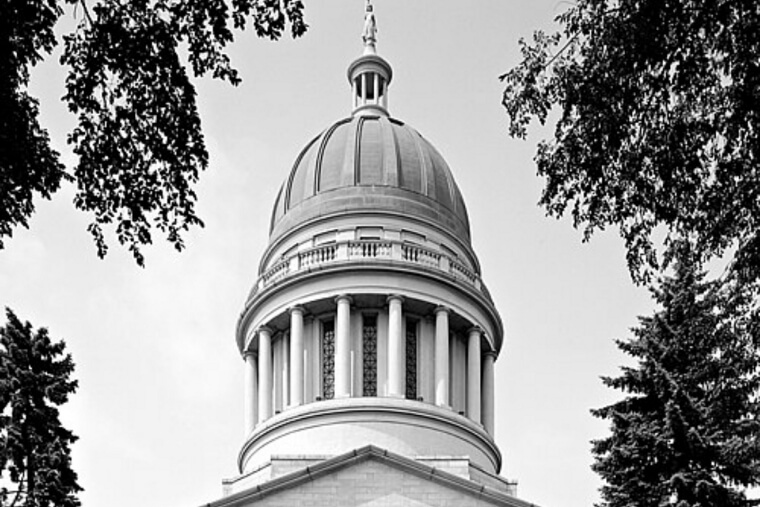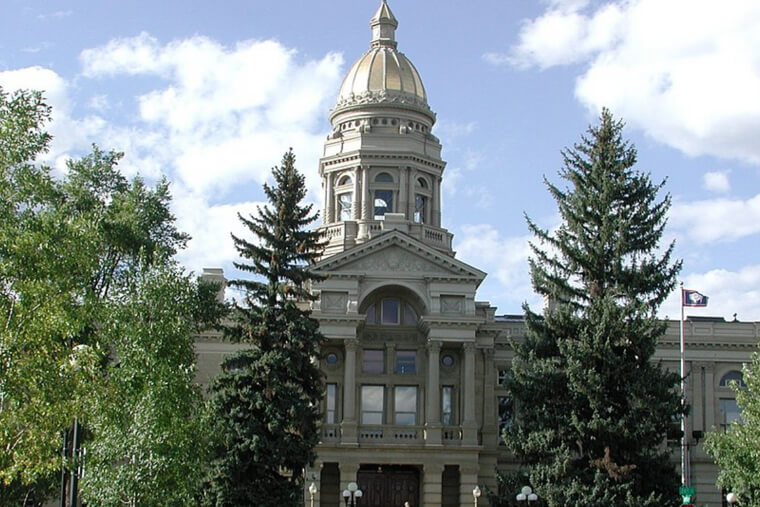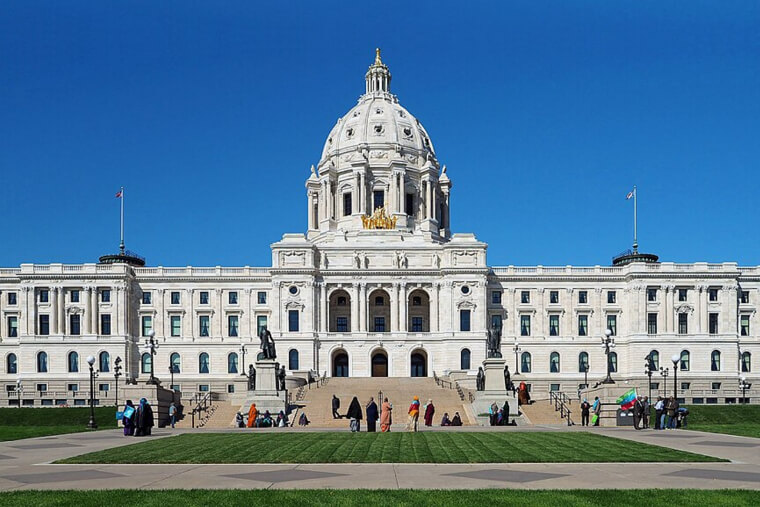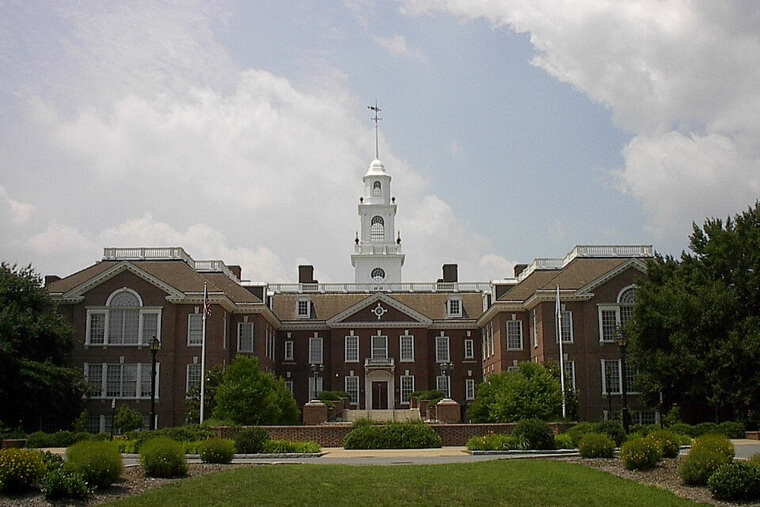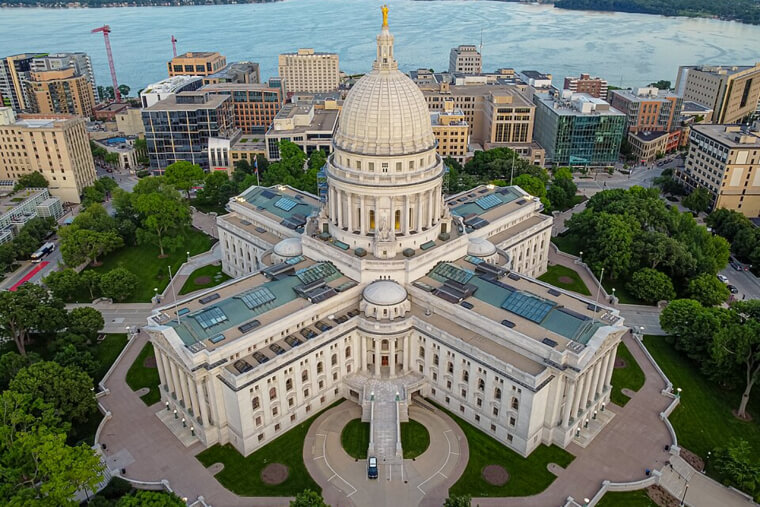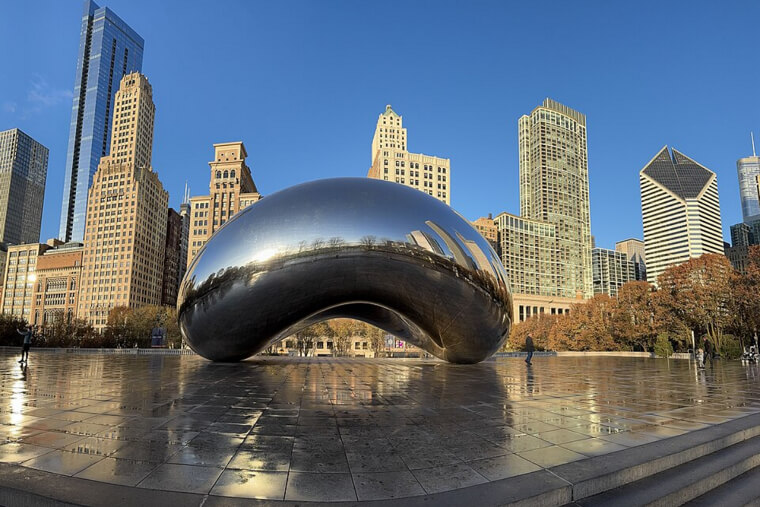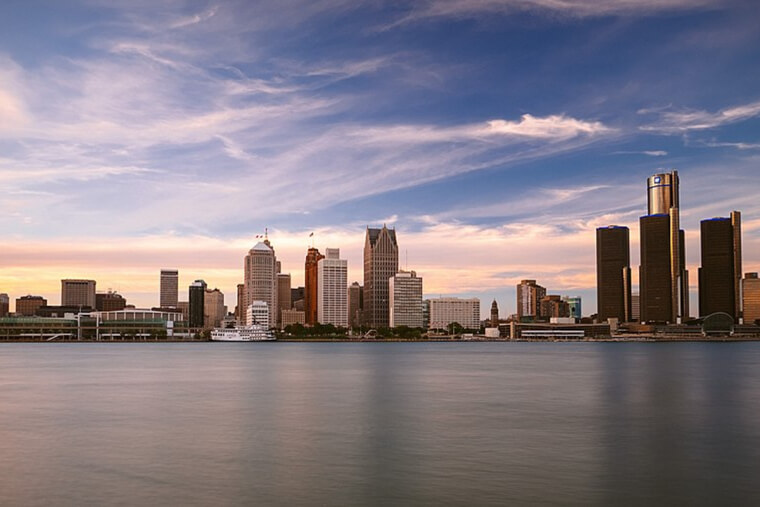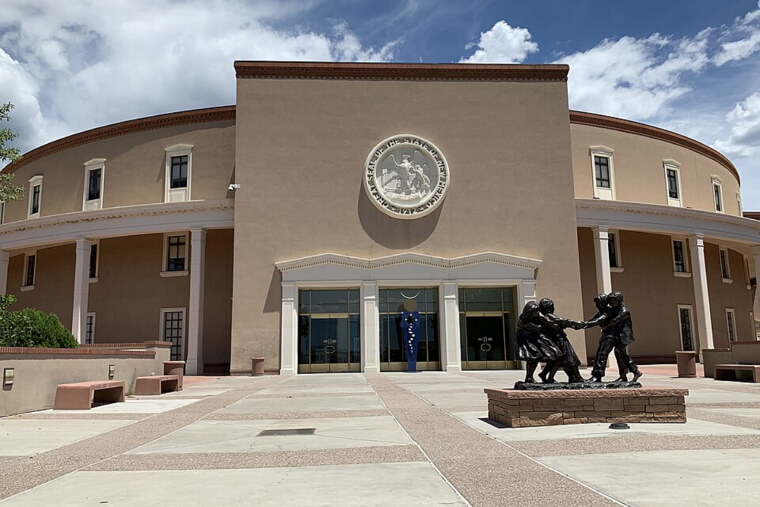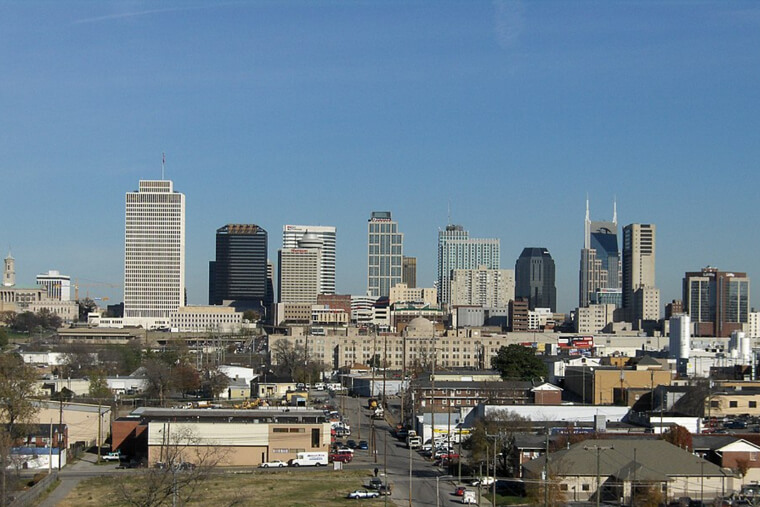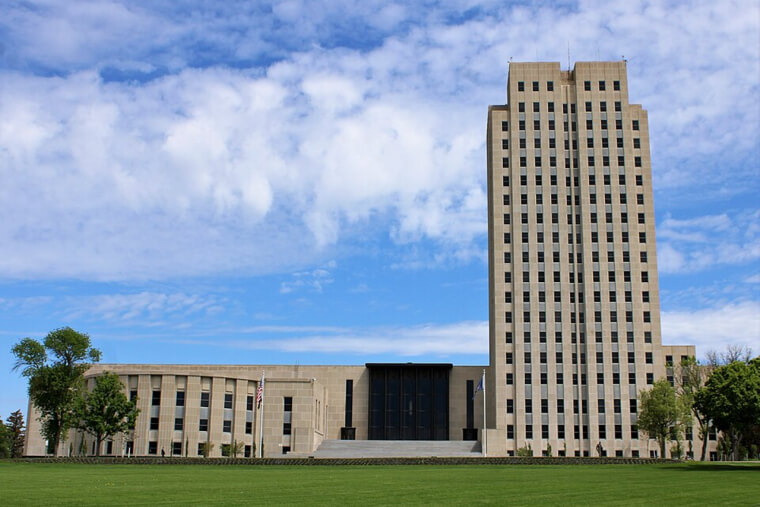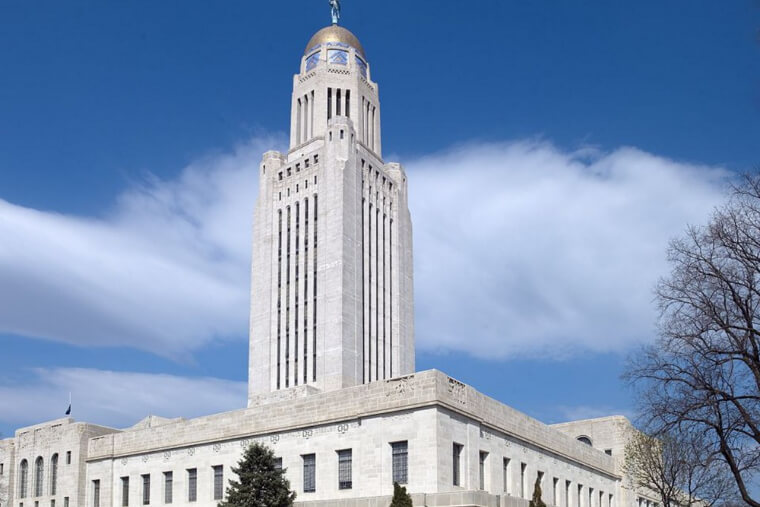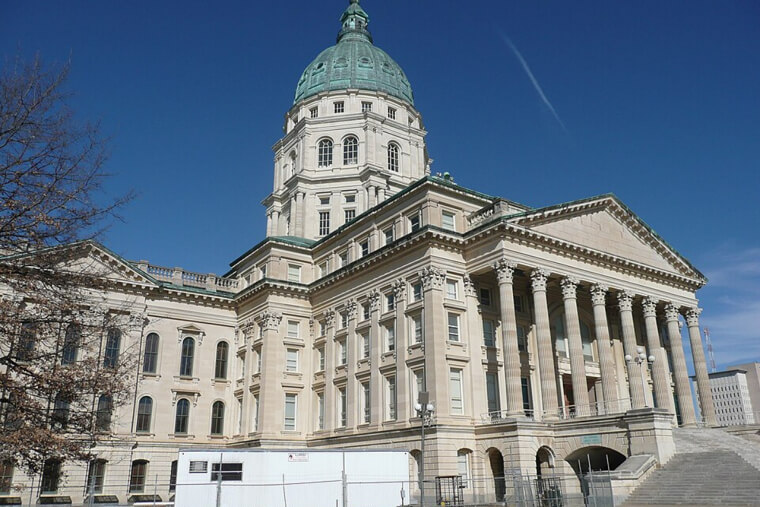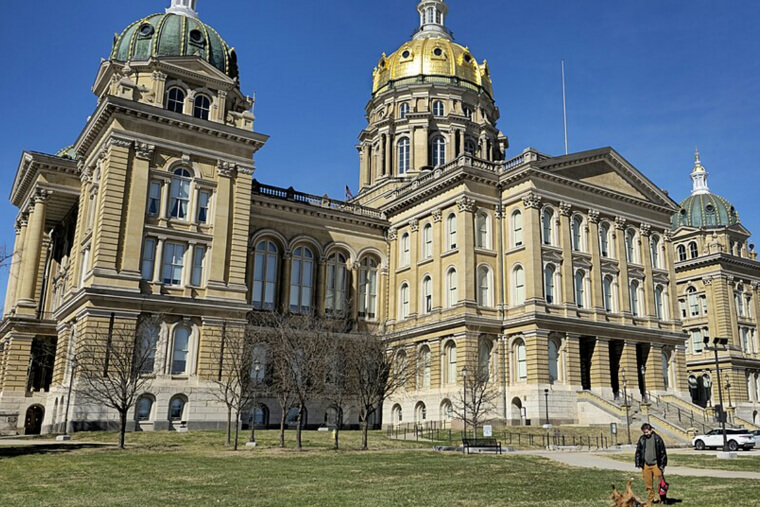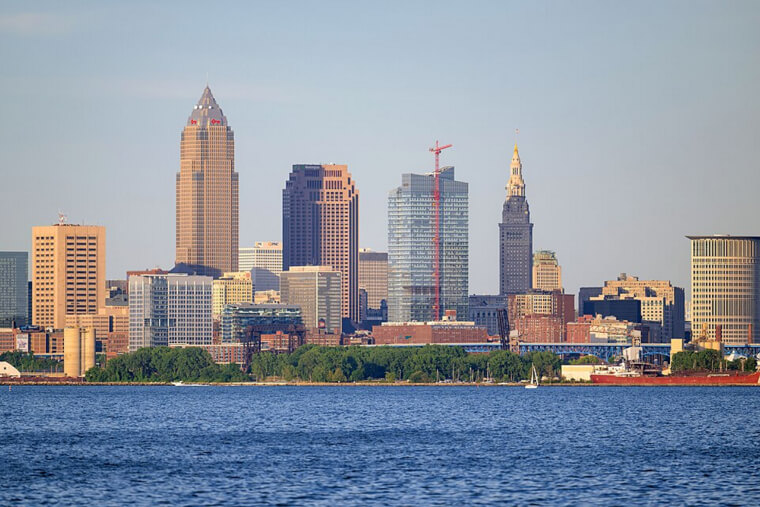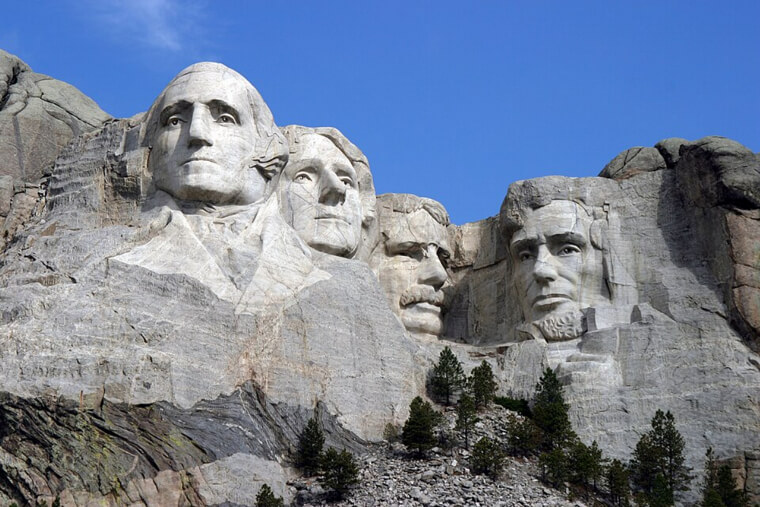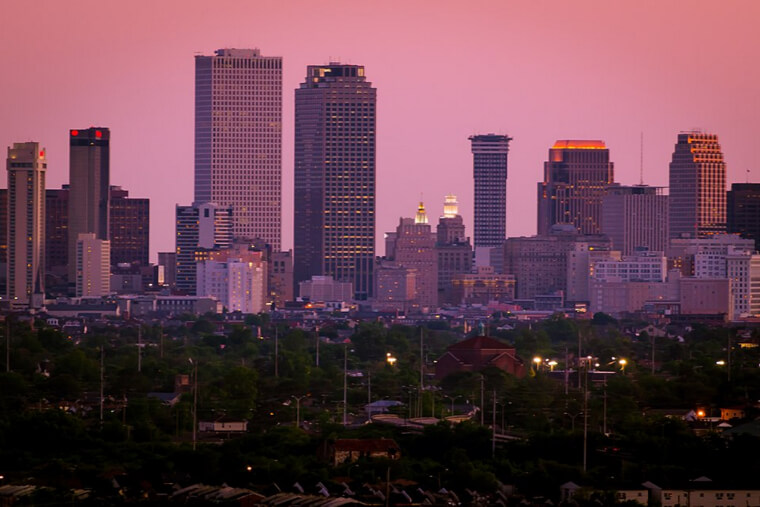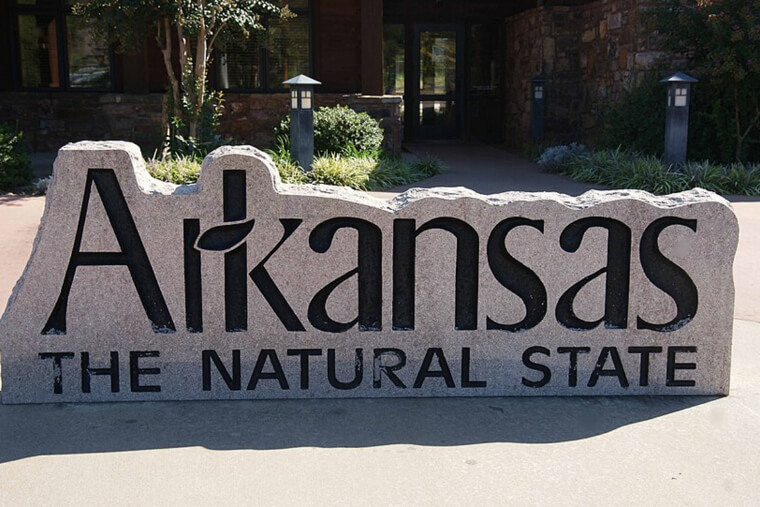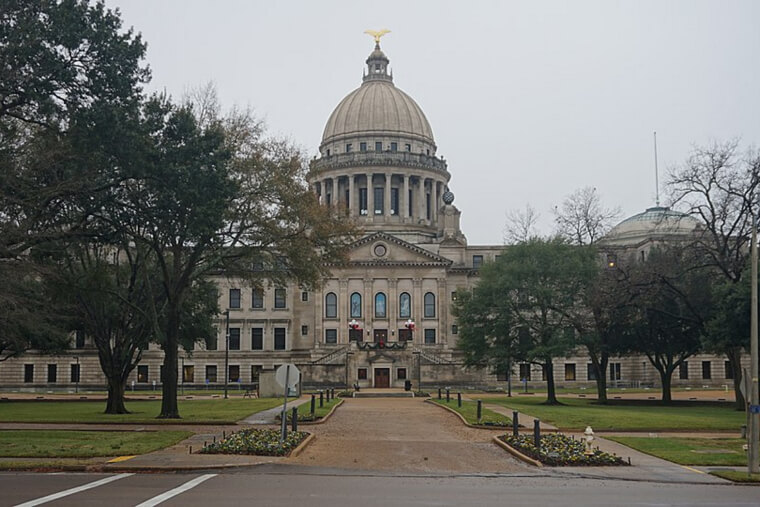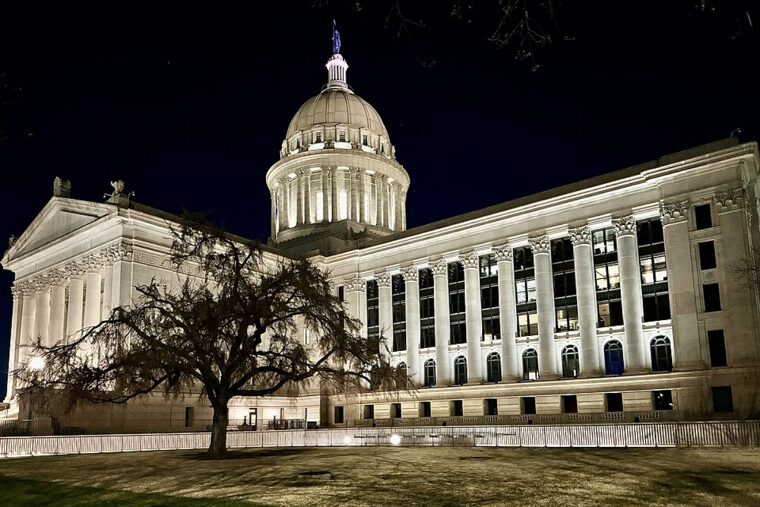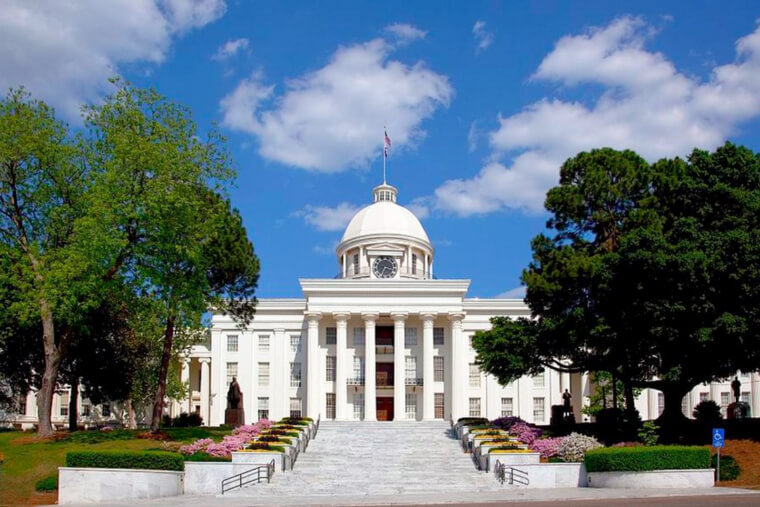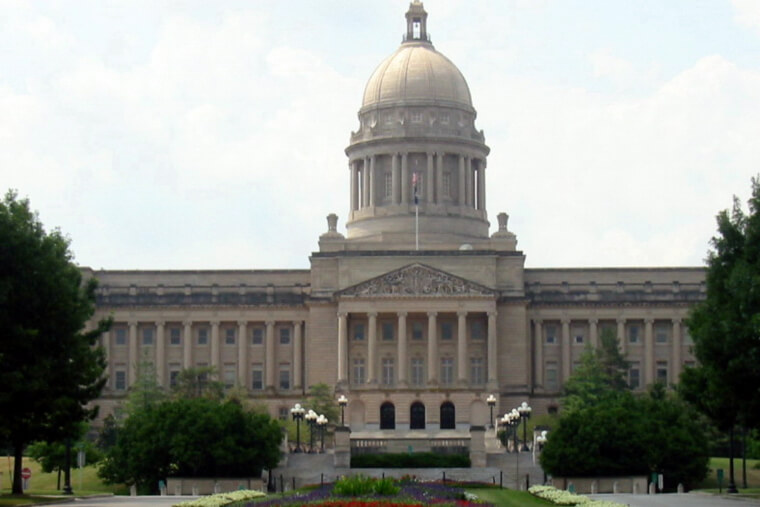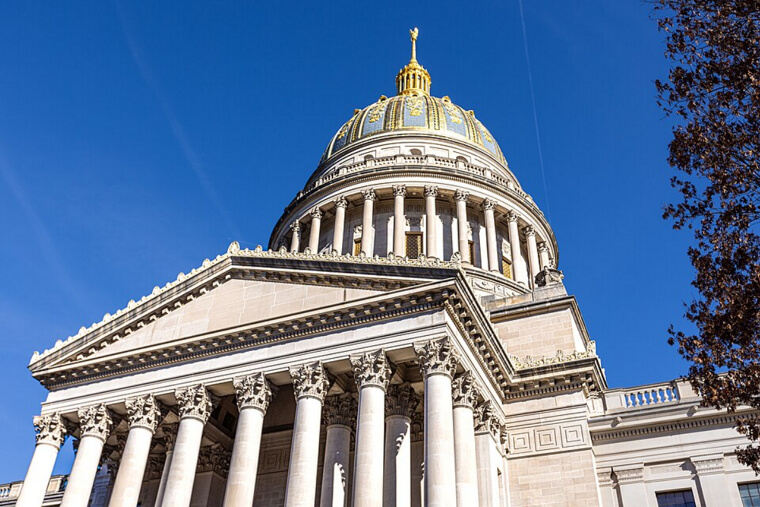Obesity Is a National Epidemic
About 42.4% of adults in the U.S. are considered obese according to the World Population Review. This number has steadily grown over the past decade. Here are the states with the lowest obesity rates in the United States.
Hawaii - 25%
The Aloha State officially has the lowest obesity rate in the country, at almost half the national average. This doesn’t come as much of a surprise, as Hawaiians are known to enjoy their time on the beach and outdoors in general, and their natural diet is high in proteins and fibres.
Colorado - 25.1%
Second to Hawaii by only a slim margin, Colorado also has a very active and enthusiastic outdoor culture. The Rocky Mountains are the perfect place for hiking, jogging, cycling, and other sporty activities that help keep Coloradans well below the national obesity average.
Massachusetts - 27.4%
While not naturally abundant in places to exercise, Massachusetts has created for itself an ecosystem that promotes healthy living. From high availability of gyms per capita to high income and education levels, and excellent access to preventative healthcare, The Bay State has no shortage of the resources that make low-obesity rates the norm.
California - 27.6%
Residents of the Golden State are also almost half as likely to be obese compared to the rest of the country. This should not be much of a surprise; the state is home to Hollywood and the rest of the entertainment industry, where thinness is the norm.
Florida - 28%
Like Hawaii, Florida also has ample beaches, groves, and other outdoor spaces where residents can engage in sporty hobbies. This, combined with a robust state healthcare system, keeps the obesity rates in the Sunshine State remarkably lower than the national average.
New Jersey - 28.2%
New Jersey is another one of the states whose public departments are focused on making its citizens healthier. Cities in the state are designed to be walkable, promoting a healthier lifestyle. Plus, a higher median income in the state means that residents can easily afford gyms, clubs, and other fitness services.
Washington - 28.8%
Washington has the seventh-highest median household income in the United States at $78,687 a year. As we know, high income means better access to healthcare, fitness centres, gyms, and treatments. This has given Evergreen State one of the lowest obesity rates in the country.
Vermont - 29%
59% of adult Vermont residents meet the national physical activity guidelines, compared to the national average of 49%. This, combined with the fact that Vermont natives eat more fruits and vegetables than most Americans, gives the Great Mountain State an obesity rate much lower than the national average.
New York - 29.1%
As previously established, urban areas in the United States are more likely to have lower obesity rates compared to rural areas. It is no surprise, then, that the home of the Big Apple has a relatively low obesity rate compared to the rest of the country.
Rhode Island - 30.1%
The coastal towns and cities of Rhode Island have a culture that promotes an active lifestyle. Along with this, the school boards in the state actively try to promote healthy eating and living habits by providing well-balanced school lunches. This helps address obesity at a young age and creates a fitness-focused mindset among future residents.
Connecticut - 30.4%
Like most North-Eastern states, Connecticut has a higher than average rate of urbanisation, education, income, and access to healthcare. These factors combine to provide the residents of the state with enough know-how and resources to maintain a healthy lifestyle.
Oregon - 30.4%
Oregon, like other western states, has plenty of natural resources and urban areas built to be walkable and accessible. These two factors combine to give the state a moderately low obesity rate. Oregonians are also more likely to be physically active compared to the average American.
New Hampshire - 30.6%
Following the trend of other North-Eastern states, New Hampshire has a middle-to-low level of obesity owing to its higher income, highly urbanised population. The state has also implemented county-wise initiatives to promote a healthy lifestyle and provide preventative care.
Utah - 30.9%
The lives of many Utah residents are often governed by the doctrines of the Church of Jesus Christ of Latter-day Saints, which has its own lifestyle guidelines. Because of this, the state has lower levels of addiction and substance use and higher levels of fitness, which combine to give it a low obesity rate.
Arizona - 31.3%
The Painted Desert State provides a balance of nature and modernity. Cities like Phoenix and Tucson provide access to natural landscapes with many hiking trails, as well as a walkable city design. This makes Arizona rank in the middle among the least obese states in the country.
Nevada - 31.3%
Home to Sin City, the Nevada state government has launched many initiatives to promote a healthier and more active lifestyle. Chief among them is the Healthy Eating, Active Living Nevada (HEALNV) program, and its 5-2-1-0 principle, which has seen significant results, helping to lower the state’s obesity rates.
Idaho - 31.6%
Ranking slightly on the higher side, the Gem State’s obesity rates can be attributed to its mostly farming-based economy. However, physical inactivity in the state is still lower than the national average, which means that most Idaho residents partake in some form of physical exercise to keep themselves healthy.
Montana - 31.8%
Montana is another state that might not have as much urbanisation or income, but its access to the great outdoors gives residents ample opportunities for physical activities. The Treasure State has also introduced inter-county programs aimed at increasing awareness about nutrition and healthy eating habits amongst its population.
Maine - 31.9%
Despite verging on the higher side, Maine also has many initiatives to combat obesity among its population. One of these is the Maine Obesity Advisory Council (MOAC), which develops guidelines for local, district, and statewide programs and arranges public-private partnerships to tackle the obesity epidemic.
Wyoming - 32%
Like Montana, Wyoming too has vast open spaces and a culture of outdoor recreational activities. The state’s mostly rural, labour-intensive lifestyle also gives residents a lot of physical activity. This has led to the Cowboy State having a moderate to low level of adult obesity.
Minnesota - 32.4%
Minnesota has implemented coordinated community-driven initiatives through its Statewide Health Improvement Program (SHIP) to improve nutrition and physical activity among its residents. This works in tandem with a culture that leans into winter sports and outdoor activities to keep statewide obesity rates at the moderate-to-lower end.
Pennsylvania - 33.3%
Initiatives like Get Healthy Philly, the sweetened beverage tax, and the Supplemental Nutrition Assistance Program have helped Pennsylvania natives to address and tackle the relatively high obesity rates in the state. The Keystone State also ensures access to healthy, balanced meals to children in schools through its meal programs.
Alaska - 33.5%
The northernmost state of the country is in a similar vein to Minnesota, where most of the state’s population has outdoorsy hobbies, which promote better physical health. Despite this, the obesity rates are comparably higher due to the limited access to fresh fruits, vegetables, and other produce in the state.
Delaware - 33.9%
The obesity in Delaware, despite being lower than the national average, is still higher than in many of its neighbours. This is because of the significant socio-economic disparity in the state. The limited access to healthcare and healthy food options for the poorest Delaware residents bumps up the state average.
Georgia - 33.9%
Despite higher-than-usual rates of obesity in the state, initiatives like Georgia SHAPE and Healthier Together have been shown to be effective in managing the situation. These programs use localised, community-focused drives to educate Georgians about nutrition and physical fitness with the aim of reducing obesity rates statewide.
Wisconsin - 33.9%
Wisconsin’s large rural population contributes significantly to the increased average obesity rates in the state. In rural Wisconsin, the obesity rate can go as high as 67%. This, as mentioned earlier, can be because of a number of factors such as lack of access to preventative healthcare, low median income, and lack of education about nutritional needs.
Illinois - 34.1%
Despite being home to a major city like Chicago, Illinois is on the higher end of the obesity rate spectrum. This can be attributed to two main things: a larger presence of fast food outlets and convenience stores in the state, and a wide socio-economic disparity, which pushes the state average higher.
Virginia - 34.2%
Like other predominantly rural states mentioned before, Virginia also has a major gap between urban and rural obesity rates. Despite targeted efforts by the state’s government, these rates have persisted and are only on the rise.
Maryland - 34.3%
Despite having similar socio-economic disparities to its neighbours, Maryland natives have a slightly more active lifestyle. This is one of the biggest reasons why it is placed towards the middle of the obesity rate rankings.
Michigan - 34.4%
Michigan is one of the few states where cities report higher obesity rates than rural areas. Places like Flint, Benton Harbor, and Muskegon Heights have some of the highest rates of obese adults in the state. While there is no single concrete reason for this, the vast income divide in the cities of Michigan can be an aggravating factor.
Missouri - 34.4%
Like many other primarily rural states, Missouri residents have a high rate of obesity compared to their peers. To counteract this, Missouri has formed a ‘Healthy Weight Advisory Committee’ to increase healthcare training and prevention efforts across the state.
New Mexico - 34.6%
New Mexico is home to a large, sparse landscape dotted with tribal and rural settlements. It is difficult for non-local healthy foods (including fresh produce)to reach here, and if they do, they are usually more expensive than most locals can afford. This has created an over-reliance on fast food and processed foods, increasing the obesity rates.
Tennessee - 35%
The Volunteer State has a high obesity rate owing to the residents’ diet consisting mainly of Ultra-Processed Foods. A lifestyle that does not usually involve a lot of outdoor activities makes the situation worse.
North Dakota - 35.2%
Despite being a state known for its agricultural produce, North Dakota has a high obesity rate. This is more likely because of gaps in the healthcare system and a lack of community awareness programs, leaving the people of the Peace Garden State in need of preventative measures.
Nebraska - 35.9%
The Cornhusker State is another agricultural hub that has a high obesity rate. This can be attributed to similar reasons as North Dakota, namely, a lack of access to early healthcare intervention and a lack of knowledge about nutritional needs.
Kansas - 36%
Even in urban parts of Kansas like Wichita, many residents like miles away from a grocery store (in effective food deserts), which means that they have to rely on convenience stores to meet their food needs. These stores rarely carry fresh produce, leading to an unhealthy, high-risk diet. However, in more recent years, efforts have been made by organisations like the Kansas Health Foundation to remedy this situation.
North Carolina - 36%
Cities in North Carolina are not built to be walkable and do not have access to parks or other outdoor spaces. This, combined with a state food culture that heavily favours fried and high-sugar foods, has led to higher obesity rates.
South Carolina - 36.1%
At 26%, South Carolina’s physical inactivity rate is higher than the national average (22.7%). Along with this, the presence of food deserts and the lack of places like farmers’ markets has led to a food and exercise culture that increases obesity rates further.
Texas - 36.1%
The Lone Star State is also home to many ‘food desert’ areas, especially near the U.S.-Mexico border. This makes healthy, fresh foods less accessible, and people have to rely on fast food and convenience stores. Add to this a higher-than-average physical inactivity rate, and you get unusually high obesity rates.
Indiana - 36.3%
Similar to many previous states, the Hoosier State also suffers from high obesity rates. It’s so widespread that it was a running gag on the show Parks and Recreation. The wide socio-economic disparity is another major contributing factor to the state’s high obesity rates.
Iowa - 36.4%
Rural and low-income areas of Iowa have limited access to affordable, fresh foods, making them reliant on ultra-processed and fast food. However, programs like Pick a Better Snack have made some headway in managing the situation.
Ohio - 37.7%
Similar to other states, rural areas and counties in the Appalachian region show a higher trend of obesity compared to the rest of the state, owing to a lack of access to affordable healthy options. A lack of access to walking and cycling tracks exacerbates the problem.
South Dakota - 38.4%
Low physical activity, lack of intake of fresh fruits and vegetables, and a drastic difference in access to healthcare between rural and urban areas are largely to blame for South Dakota ranking among the top ten most obese states in the country. Despite this, there aren’t many well-known state-sanctioned programs to help tackle the issue, which makes the epidemic even worse.
Louisiana - 38.6%
The home of jazz is also one of the most obese states in the United States, owing to a food culture that is high in calories, saturated fats, and sugars. The state also has few walkable cities, and rural areas are often isolated, giving them less access to fresh food sources.
Arkansas - 38.7%
Less than half the adults in Arkansas meet the recommended exercise goal of 150 minutes a week. This, combined with the food and resource disparities found in rural areas across the country, gives Arkansas residents a reason to worry.
Mississippi - 39.1%
Access to fresh food is a major problem in Mississippi. In fact, according to the National Library of Medicine, only 8.7% of residents meet the recommended fruit intake, and just 6.2% meet the recommended vegetable intake for adults.
Oklahoma - 39.4%
Out of the 77 counties in Oklahoma, 54 have food deserts. 76 of these counties have areas with low access to large grocery stores. This has caused an over-reliance on fast food in the state, making the obesity rates one of the highest in the U.S.
Alabama - 39.9%
31.5% of adults in Alabama fail to meet the recommended weekly exercise goal, giving the Yellowhammer State one of the highest physical inactivity rates nationwide. This exacerbates the effects of limited access to healthy food options, leading to high obesity rates.
Kentucky - 40.3%
Kentucky has the second-highest obesity rate in the U.S. The reasons for this are similar to those of other, more rural-based states; however, an epidemic of diabetes, hypertension, and obesity work together to create unhealthy cycles in the lives of Kentucky residents.
West Virginia - 40.6%
In spite of receiving Healthy Food Financing grants and organising various drives to improve nutrition and fitness at a county level, West Virginia remains the most obese state in the country. A coordinated effort to tackle the underlying problems, like the scarcity of fresh food and outdoor recreational spaces, might help ease the effects of this epidemic.

